Four
PEOPLE
Academy graduates join the Long Blue Line, meaning there is a significant history associated with academy personnel. However, graduates are only a percentage of the total Coast Guard personnel who have worn the uniform and contributed the Coast Guard’s accomplishments. The Long Blue Line started in 1790, when Alexander Hamilton, with the support of Pres. George Washington, started the Revenue Cutter Service. The academy joined the line in 1876, when the Revenue Cutter School of Instruction was started on the Dobbin. The author selected the following men and women because they represent a particular event of significance or made a singular contribution to Coast Guard history.
The academy is rich with people of significance. Many of the buildings on campus are named for individuals who had an impact on the academy or the service. Some were faculty members, like professor Chester E. Dimick, who headed the mathematics department from 1906 to 1945; Capt. Charles A. McAllister, who was engineer in chief for the Coast Guard from 1905 to 1919; and Rear Adm. Edward H. “Iceberg” Smith (class of 1913), who was a legendary Arctic expert. Some buildings were named after athletic standouts like Nelson W. Nitchman, who was the coach of the academy football and basketball teams, and Capt. Otto Graham, who was a football coach and athletic director at the academy. Others were superintendents, like Rear Adm. Frank Leamy (class of 1925), who was superintendent from 1957 to 1961, or commandants like Ellsworth P. Berthoff (class of 1889), the first commandant of the modern day Coast Guard and the namesake of Berthoff Plaza, and World War II commandant Adm. Russell R. Waesche (class of 1906). One building is named for the only Coast Guard Medal of Honor recipient, PO1 Douglas Albert Munro.
The list is not exclusive and was selected by the author because of its importance to the overall history or because of the individual’s unique contribution. The overland rescue principals included two graduates driving dog sleds and herding reindeer in the Arctic to save hundreds of people who were starving. One was a commandant who held the office for 10 years. There are many “firsts” among the selectees. Included is the first Asian American graduate, the first African American graduate, the first female graduate to make flag rank, the first female regimental commander, the first African American female regimental commander, and the first astronaut from the Coast Guard. There are those who set records or were champions. All of them have brought credit to the Coast Guard.
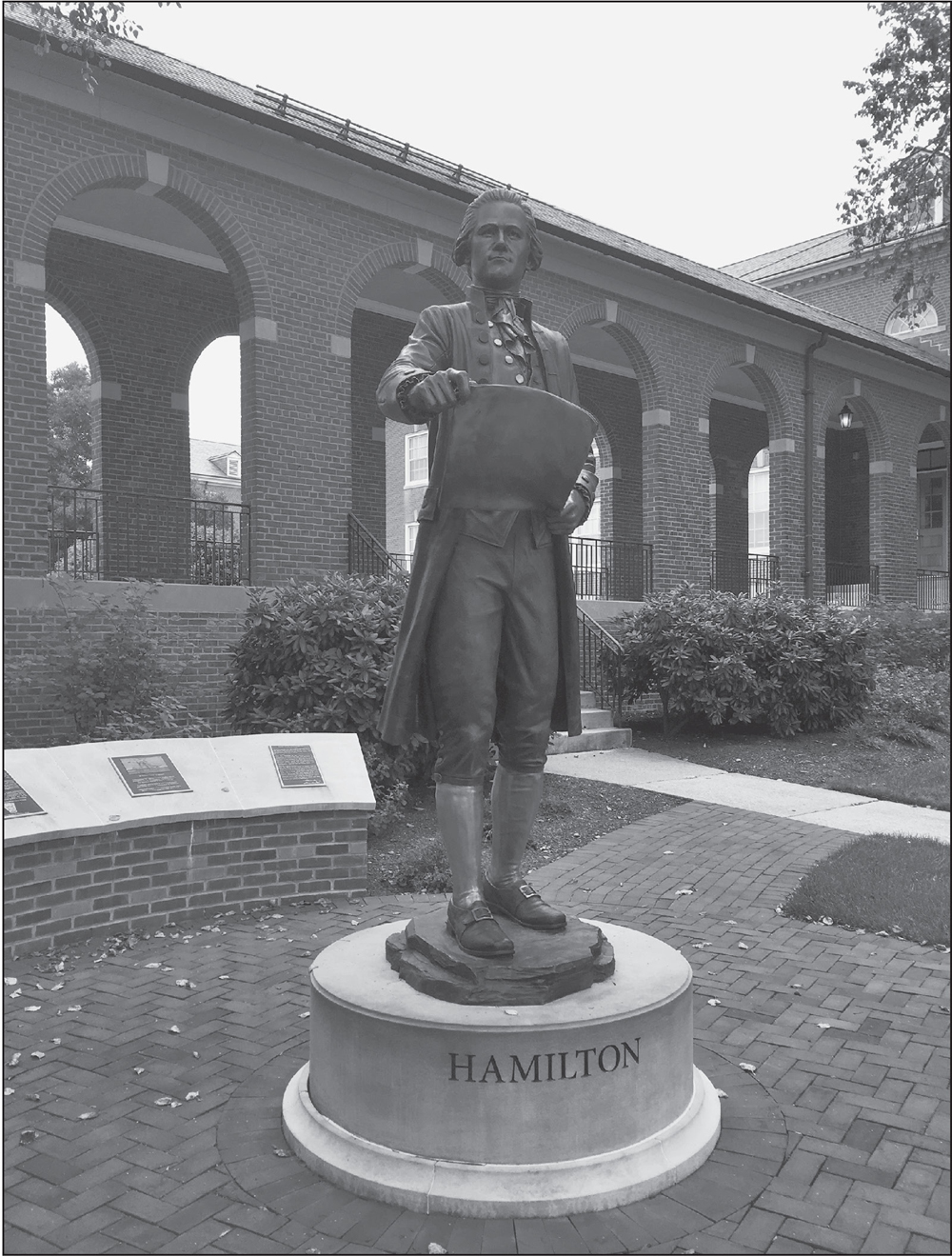
ALEXANDER HAMILTON. Alexander Hamilton was the first secretary of the treasury and the creator of the Revenue Cutter Service, or Revenue Marine. At only 33 years of age, Hamilton was a close advisor to Pres. George Washington and a brilliant soldier and politician. In 2018, this sculpture of Alexander Hamilton was dedicated and donated to the academy by the class of 1963. (Author’s collection.)
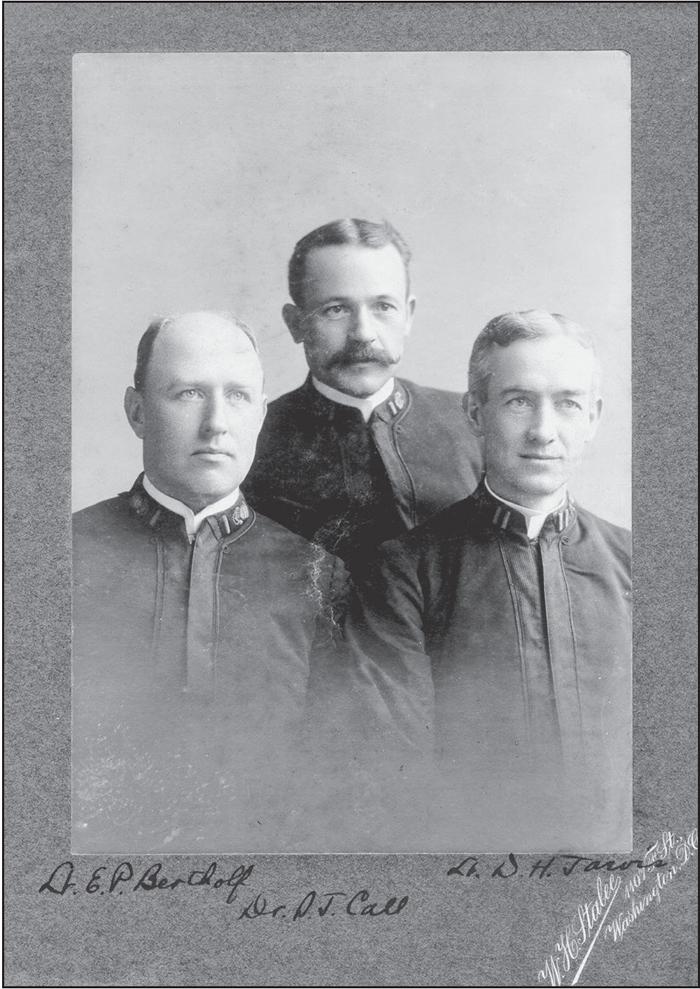
THE THREE PRINCIPALS IN THE OVERLAND EXPEDITION. Incredibly, these men traveled 1,500 miles in 100 days during the arctic winter of 1897–1898 driving dog sleds with supplies and more than 300 reindeer to whalers who had become trapped in ice. First Lt. David Jarvis (right; class of 1883), was the leader. Second Lt. Ellsworth Berthoff (left; class of 1889) later became commandant. The surgeon, Dr. Samuel Call, was not an academy graduate. All three were awarded Congressional Gold Medals for the daring rescue. (Courtesy of US Coast Guard District 17 Public Affairs.)
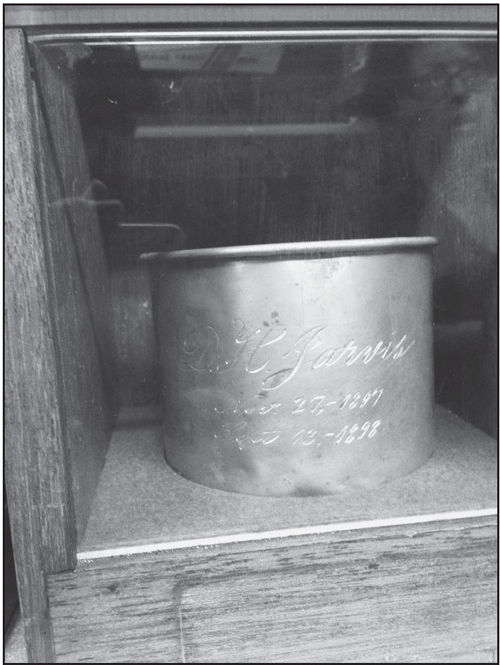
METAL CUP ENGRAVED WITH 1ST LT. DAVID JARVIS’S NAME. The metal cup used by Jarvis during the Overland Expedition rescue is in the US Coast Guard Academy Museum. This amazing rescue was unique for the Coast Guard and involved traveling nearly 1,500 miles in the Alaskan winter, much of it above the Arctic Circle in darkness—not usual sailor skills. (Author’s collection.)
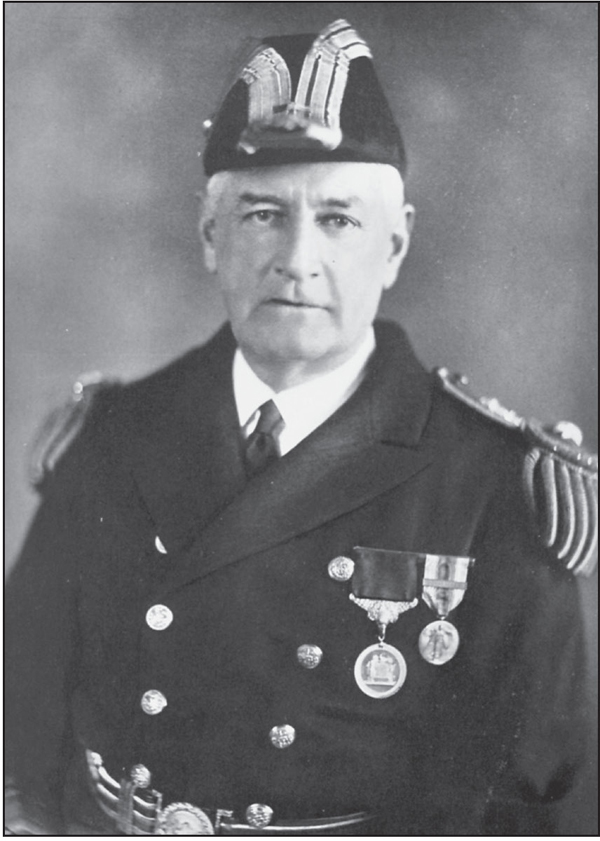
VICE ADM. HARRY G. HAMLET (CLASS OF 1896). Hamlet was superintendent of the US Coast Guard Academy from 1928 to 1932 and, later, the seventh commandant of the Coast Guard. He served with distinction with the Navy during World War I. Only two years after he was commissioned, he was assigned to the R/C Bear during the Overland Expedition. The 1934 Tide Rips was dedicated to Hamlet. (1934 Tide Rips.)
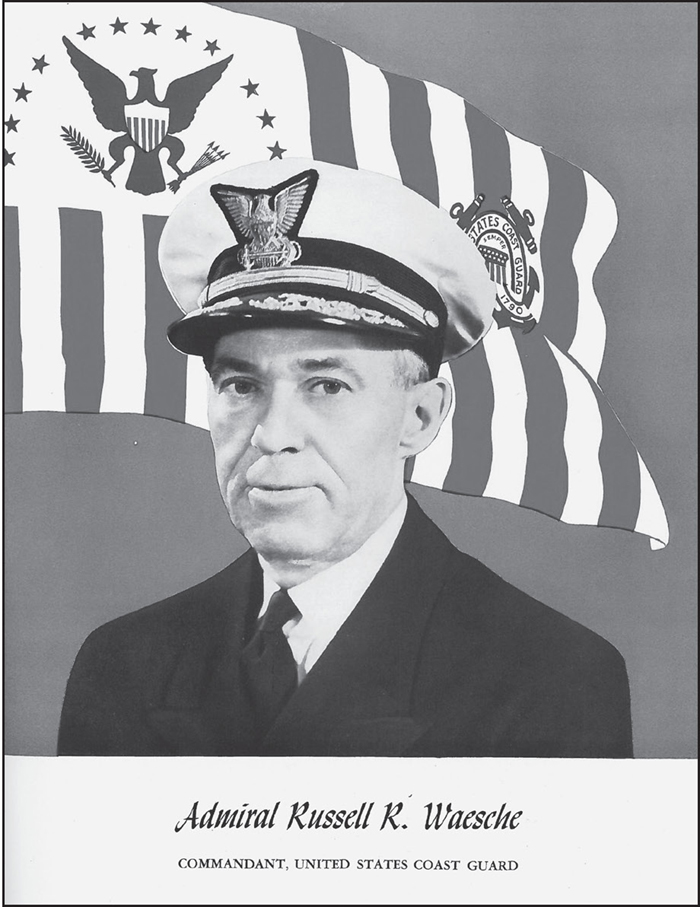
ADM. RUSSELL R. WAESCHE (CLASS OF 1906), EIGHTH COMMANDANT. Waesche was commandant of the Coast Guard for 10 years, from 1936 to 1946. He led the Coast Guard throughout World War II, when the service grew nearly tenfold to 214,000. In 2019, the Coast Guard had 40,992 active-duty and 7,000 reserve members. (1940 Tide Rips.)
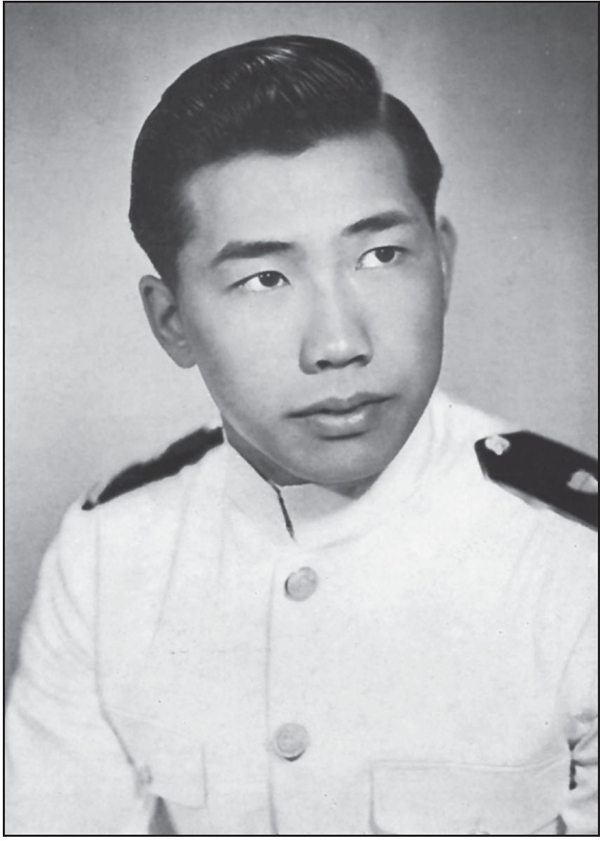
LT. JACK NGUM JONES (CLASS OF 1949). Jones was the first Asian American graduate of the US Coast Guard Academy. He graduated from the California Institute of Technology in 1945 prior to attending the academy. He was captain of the baseball team during his first-class year. His service career included working in communications management and law. (1949 Tide Rips.)
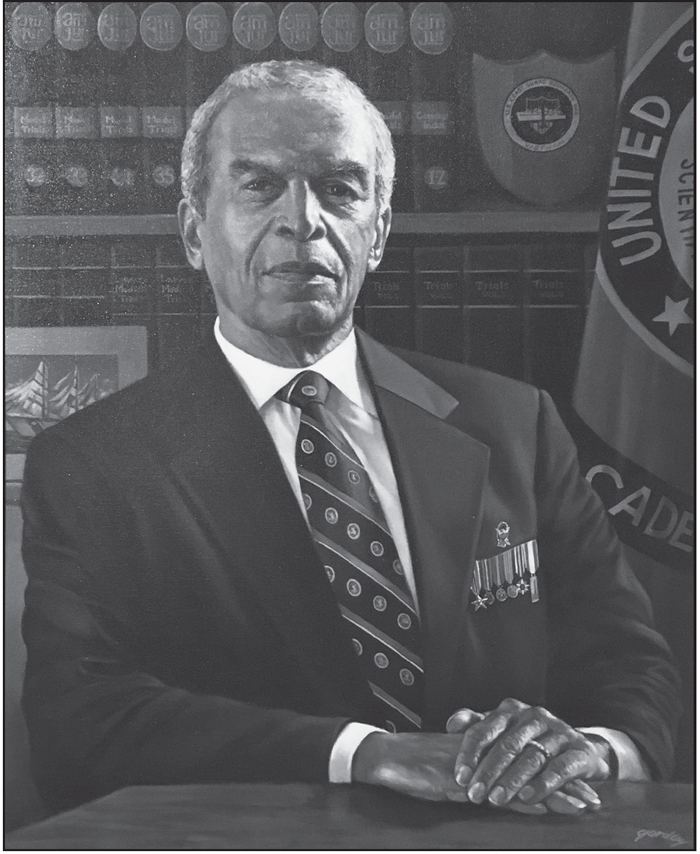
COMDR. MERYL JAMES SMITH JR. (CLASS OF 1966). Smith was the first African American graduate of the academy. He earned a Bronze Star for duties in Vietnam, where he was the first African American to command a US warship in close combat. He graduated from George Washington University Law School and became a staff lawyer for General Dynamic Electric Boat in Groton following his Coast Guard career. This portrait is in Hamilton Hall. (Author’s collection.)
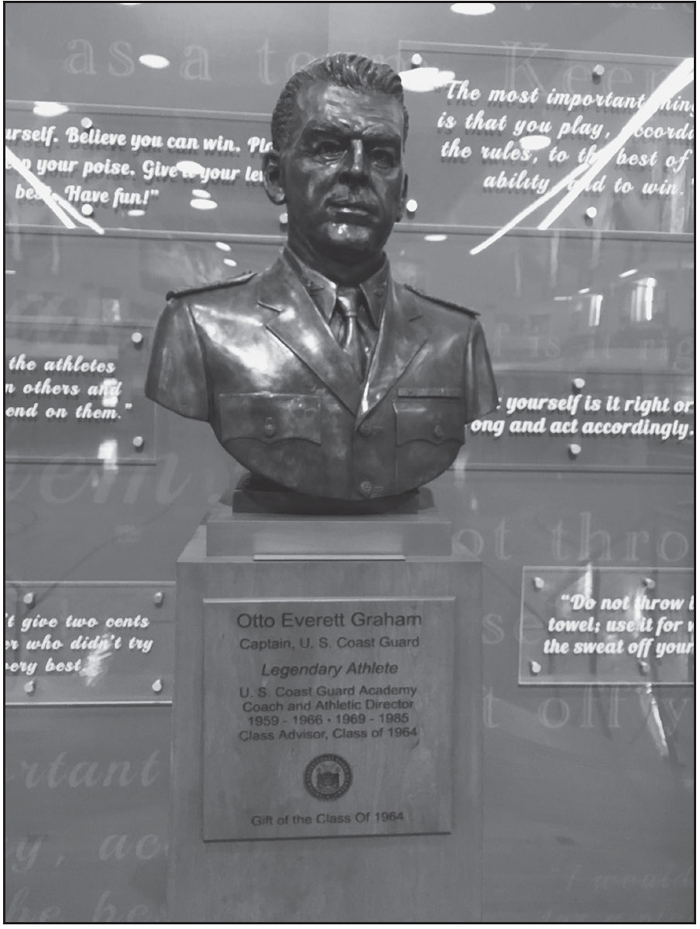
BUST OF OTTO GRAHAM. This bust is centrally located on the stage of the Otto Graham Center for Athletic Excellence in Billard Hall. Captain Graham coached academy football for nine seasons, including the undefeated 1963 team. He also served as head of athletics for 22 years. (Author’s collection.)
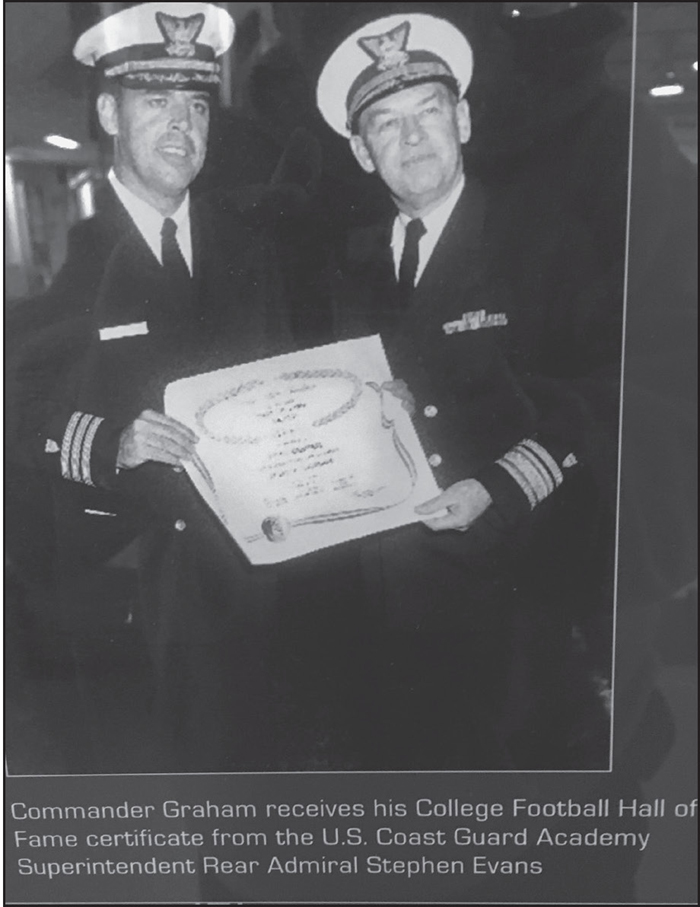
SUPERINTENDENT REAR ADM. STEPHEN HADLEY EVANS (CLASS OF 1927) PRESENTS RECOGNITION TO CDR. OTTO GRAHAM. Graham (left) received a certificate from Superintendent Evans for being inducted into the College Football Hall of Fame in 1956. Graham earned All-American honors in both football and basketball and placed third in the Heisman Trophy competition during his senior year at Northwestern University in 1943. (Courtesy of US Coast Guard Academy Museum.)
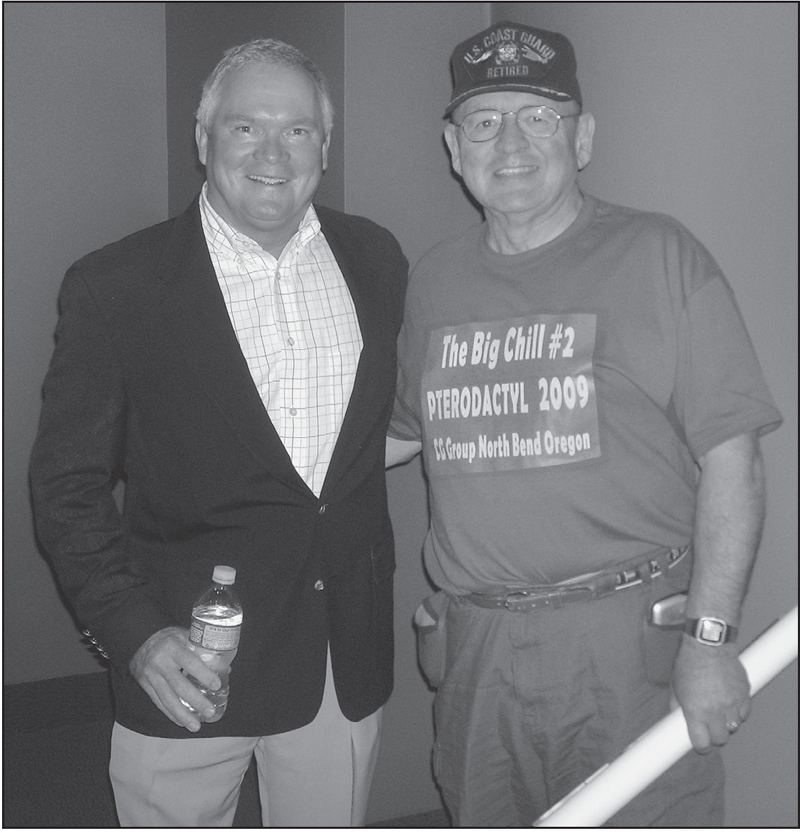
BRUCE EDWARD MELNICK. Astronaut Bruce Edward Melnick (left; class of 1972) is pictured with the author at the Elizabeth City Coast Guard Aviation Pterodactyl Roost in 2009. Melnick retired as a commander from the Coast Guard. In 1975, he earned a master of science degree from the University of West Florida. He earned a Defense Superior Service Medal, a Defense Distinguished Service Medal, and a NASA Flight Medal. He is a retired astronaut. (Author’s collection.)
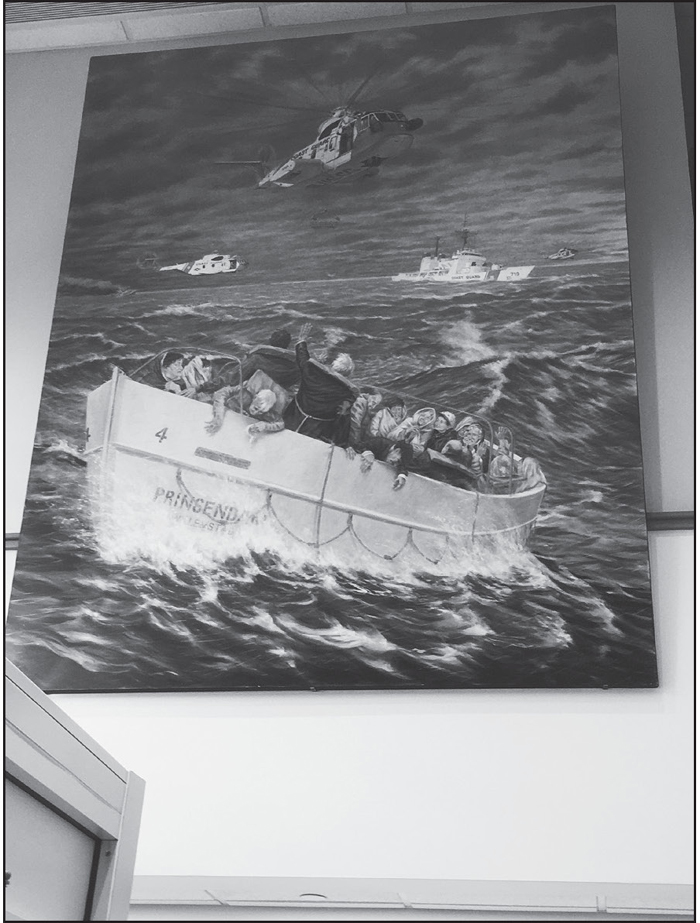
PAINTING OF M/V PRINSENDAM RESCUE. This ship was on fire and adrift in the Gulf of Alaska in October 1980. This painting is in the foyer of the Alumni Center. When Bruce Melnick was stationed at the Sitka Coast Guard Air Station, he took part in the successful rescue of the 519 passengers and crew. At the time, this was considered the most successful rescue ever, with no serious injuries. He was awarded a Distinguished Flying Cross for hoisting over 100 passengers. (Author’s collection.)
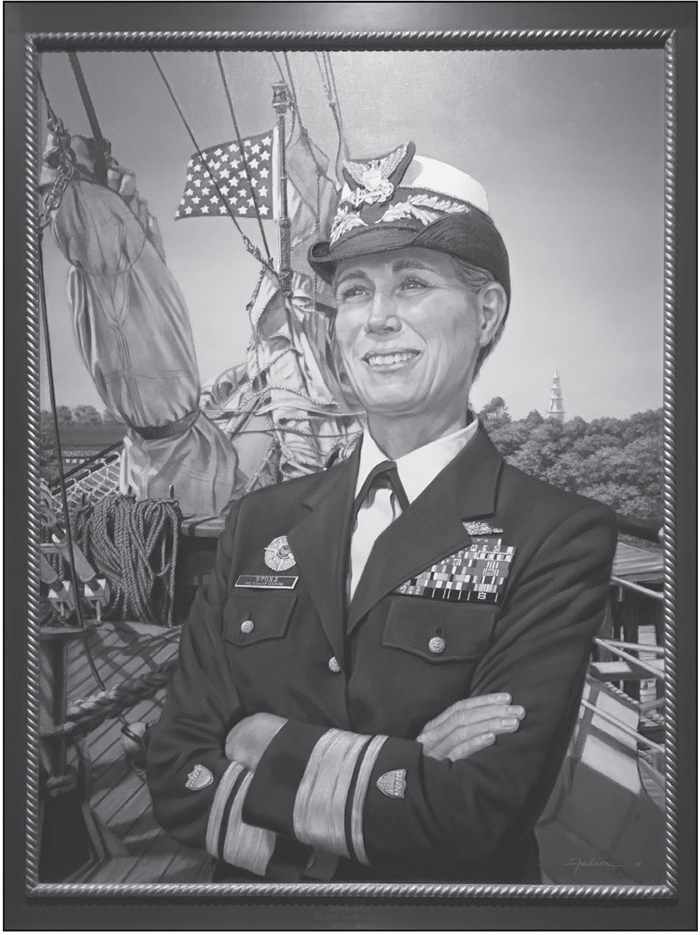
REAR ADM. SANDRA STOSZ (1982). Stosz was the first female to serve as the head of a US military academy. She was also the first female graduate of the Coast Guard Academy to be selected for flag rank. (Author’s collection.)
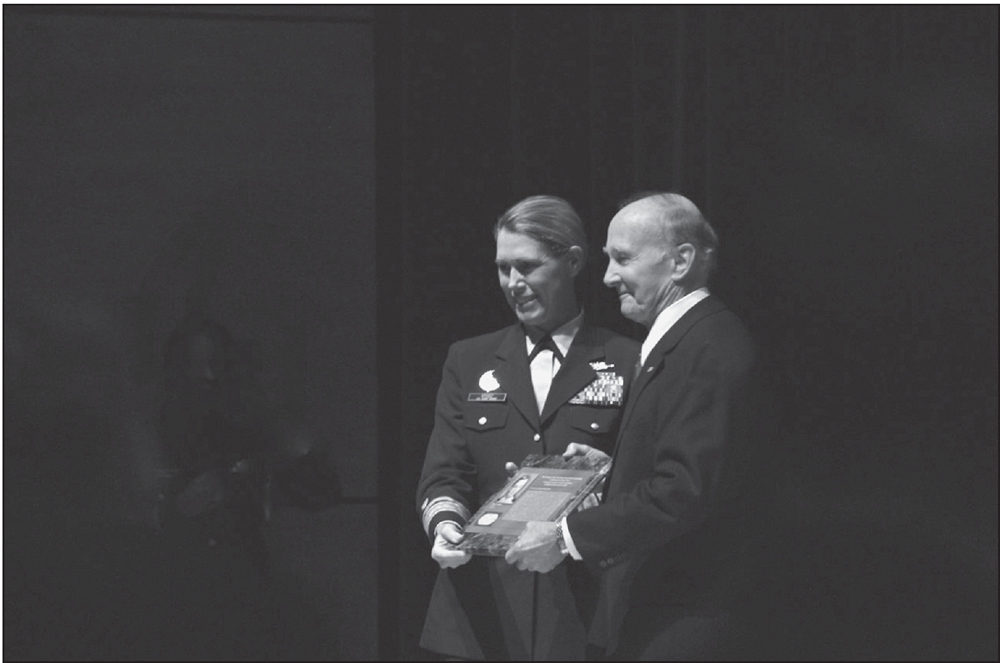
HALL OF HEROES PRESENTATION. Rear Adm. Sandra Stosz is shown presenting a Hall of Heroes plaque to Capt. Dave Andrews, US Coast Guard (retired), class of 1963. The induction ceremony was held on November 7, 2014. Captain Andrews was recognized with a Distinguished Flying Cross in 1973 for saving two lives in heavy weather near San Clemente Island in California. The Distinguished Flying Cross had been presented to then lieutenant commander Andrews personally by Secretary of Transportation Samuel Skinner. (Courtesy of Lorna Andrews.)
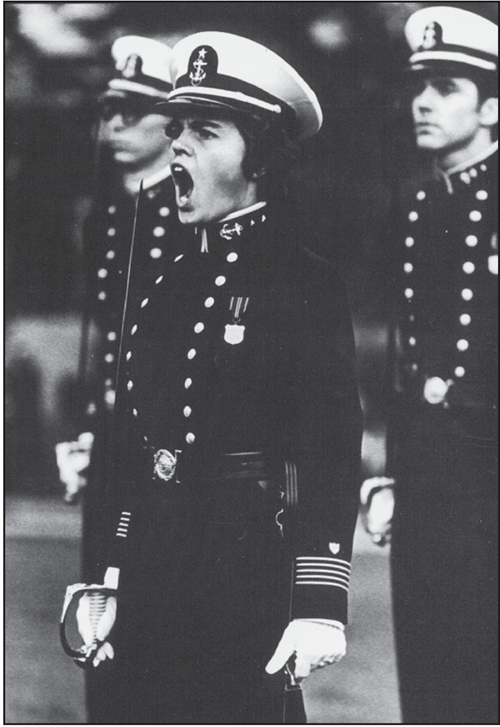
CADET FIRST CLASS LINDA JOHANSEN (1980). The military program of the academy reached a milestone when Cadet First Class Linda Johansen became the first woman to lead the corps of cadets at any military academy. Women can hold any job in the Coast Guard. In the class of 2019, 100 of the 230 graduates were women. In 2020, Adm. Thad Allen, the 23rd commandant, stated at an academy assembly that the smartest thing the Coast Guard had ever done was accepting women into the academy. (1980 Tide Rips.)

CLASS OF 1944 MARCHING TO GRADUATION. All of the classes of World War II were heroes. Note that their uniforms are still marked as cadets second class, as they are graduating one year early. There were 83 graduates in this class. In 1945, there were 105 graduates. In 1946, there were 107 new ensigns. The numbers peaked in 1947 with 127. Reflecting the end of the war, there were only 58 graduates in 1948. (1944 Tide Rips.)
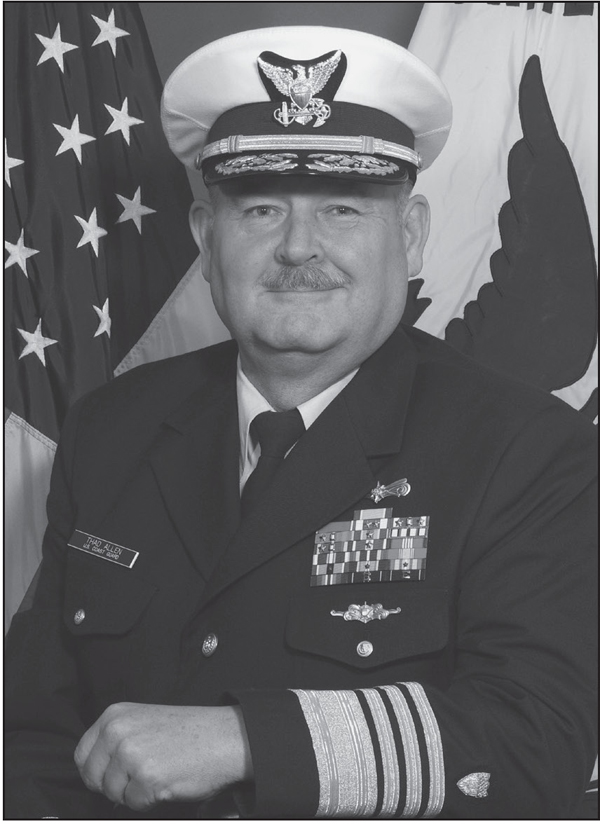
ADM. THAD WILLIAM ALLEN (CLASS OF 1971), 23RD COMMANDANT. Pres. George W. Bush designated Allen as principal federal officer for Hurricane Katrina, and Pres. Barack Obama named him a national incident commander for the Deepwater Horizon oil spill. Allen was the son of a Coast Guard chief petty officer. In 2002, at the Dining In, a formal dinner with historical military traditions, when Allen was the guest of honor, he brought a pair of his father’s uniform shoes and dedicated his talk to “Big Shoes to Fill.” (Courtesy of US Coast Guard.)
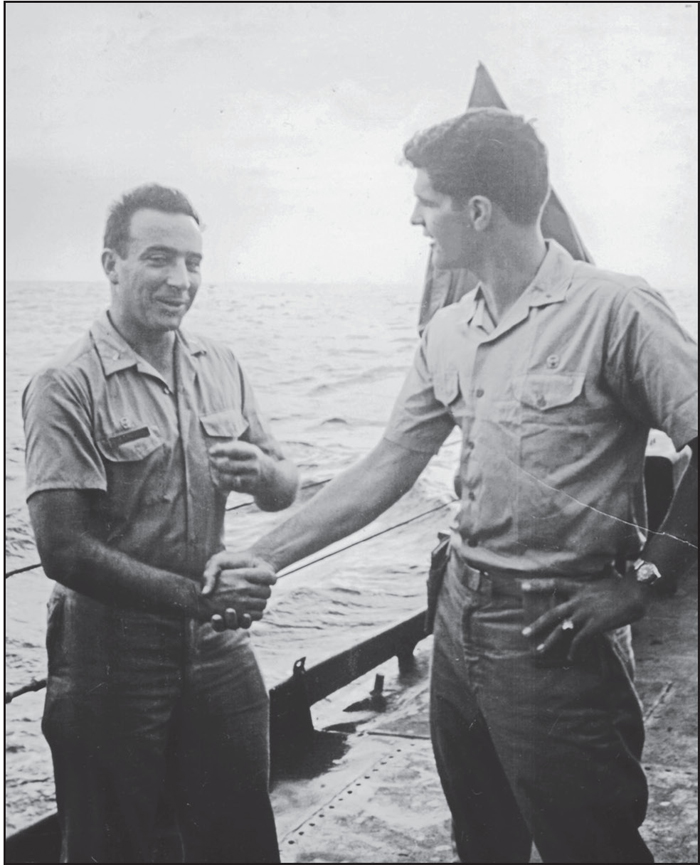
FRED FURAUS (CLASS OF 1963) AND DAVID R. ZWICK (CLASS OF 1963). Furaus (left) and Zwick are pictured in Vietnam. Following his obligated service, Zwick attended Harvard Law School, during which time he joined Ralph Nader’s “Nader’s Raiders.” He founded the Clear Water Action organization, coauthored The Water Wasteland with Marcy Benstock, and helped to write and secure passage of the Clean Water Act of 1972. Zwick graduated from Harvard Law School and also earned a master’s degree in public policy from the John F. Kennedy School of Government. (Courtesy of Jim Furaus.)
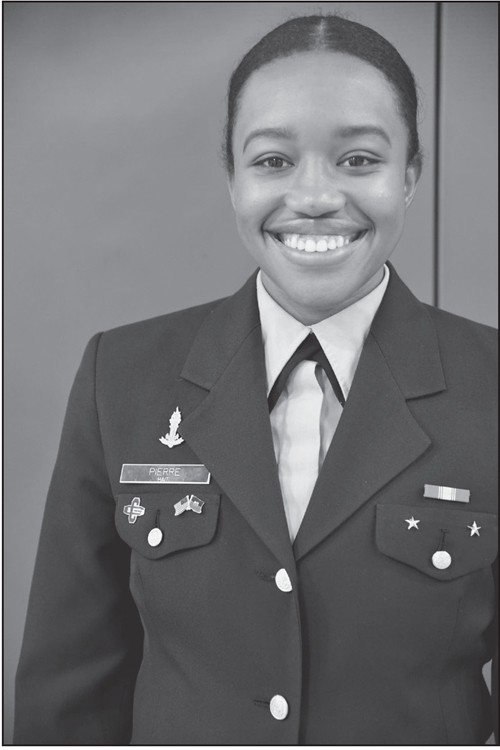
CADET FIRST CLASS NAISSE PIERRE (CLASS OF 2020). Pierre is a resident of Haiti and is the first international cadet to serve as regimental commander. The special category of international cadets may have up to 36 enrolled at any one time. These cadets apply for admission through the defense attaché office of their country’s US embassy. (Courtesy of Paul Duddy.)
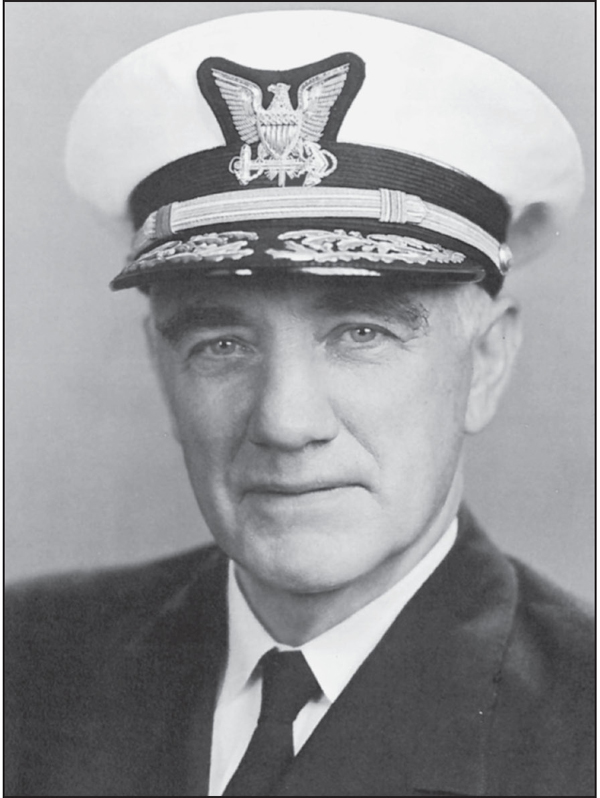
ADM. EDWIN J. ROLAND (CLASS OF 1929), 12TH COMMANDANT. Roland’s class graduated 30 members. He was captain of the 1931 football team that defeated the Marines, Army, and Navy to win the President’s Cup. He was also captain of the basketball team in his senior year. During World War II, he was chief of enlisted personnel, and he was later commander of an escort division. He was the plank owner as the first commanding officer of the icebreaker Mackinaw (WAGB-83). Selected for a flag on July 1, 1956, he first commanded the First District in Boston and was later commander of the Eastern Area and Third District in New York. He was appointed commandant on April 23, 1962, and during his watch, he assigned 82-foot Coast Guard patrol boats to Vietnam. He taught physics and mathematics at the academy. He was the first inductee into the Academy Athletic Hall of Fame. (1939 Tide Rips.)
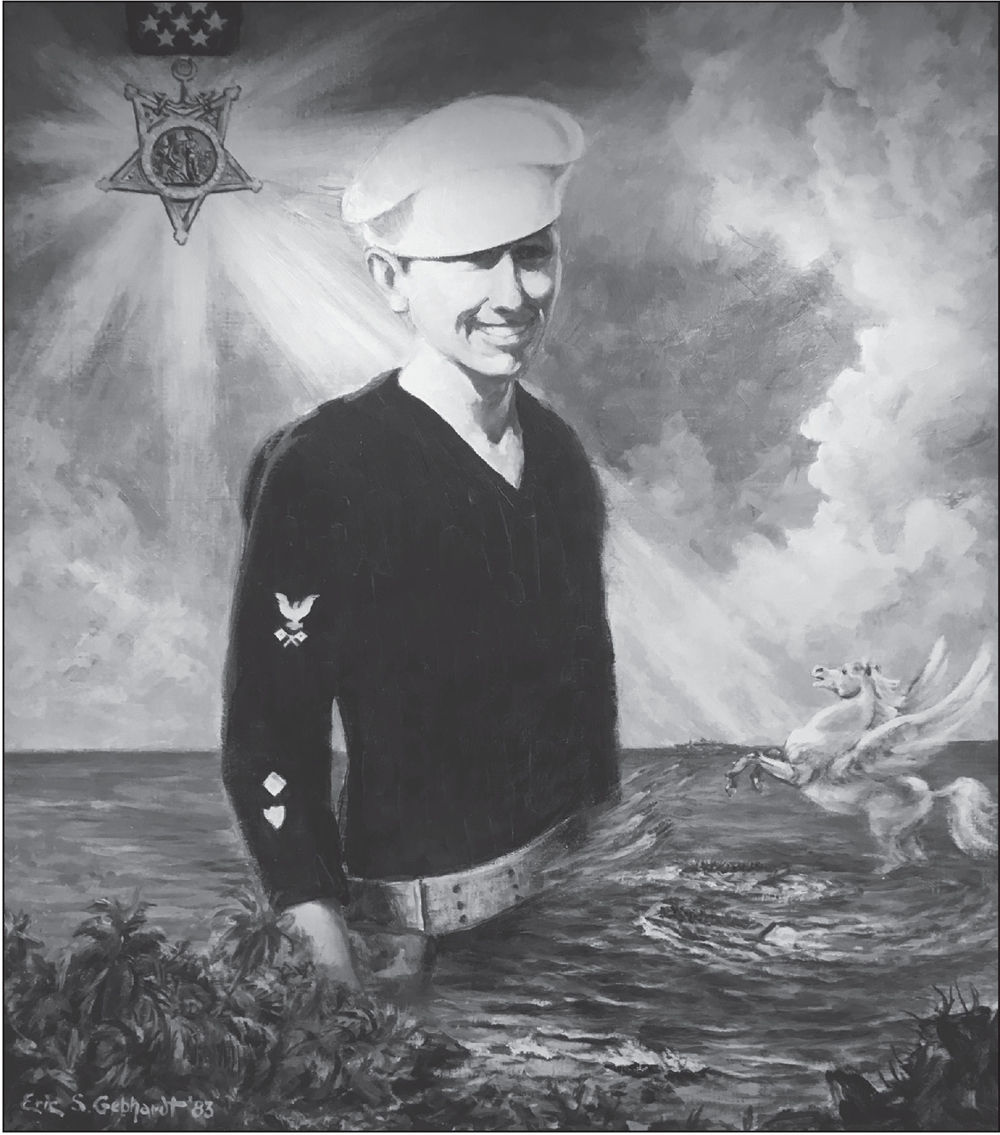
PO1 DOUGLAS MUNRO. This portrait hangs in the lobby of the US Coast Guard Academy barracks named in Munro’s honor. He was awarded the Medal of Honor for action he took during the Battle of Guadalcanal on September 27, 1942, when he used his Higgins boat to cover the successful evacuation of a company of Marines who were threatened to be overrun by Japanese soldiers. He was 22 years old when he died from his wounds. Munro is the only non-Marine enshrined in the Wall of Heroes of the National Museum of the Marine Corps. (Author’s collection.)



















